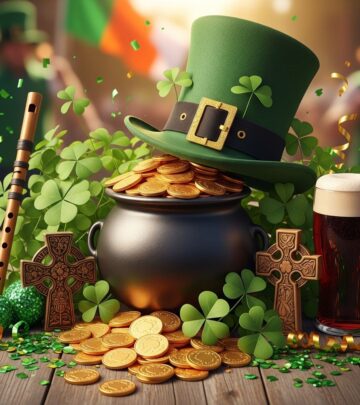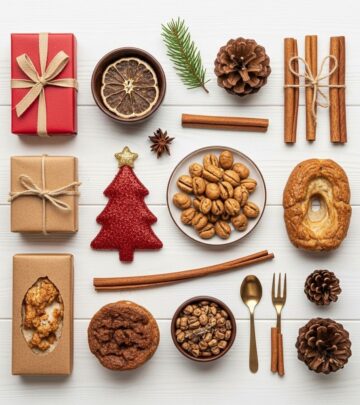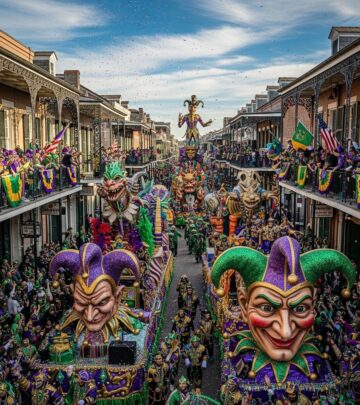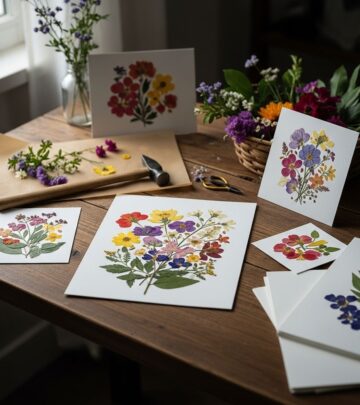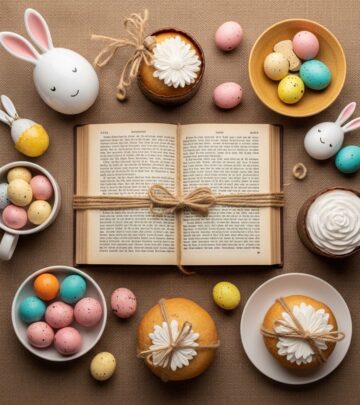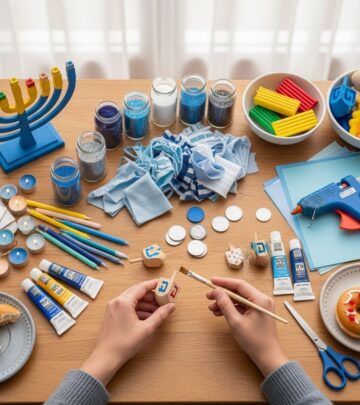Hanukkah: History, Traditions, and Meaning of the Festival of Lights
Each menorah flame illuminates resilient customs and joyful gatherings rooted in hope.
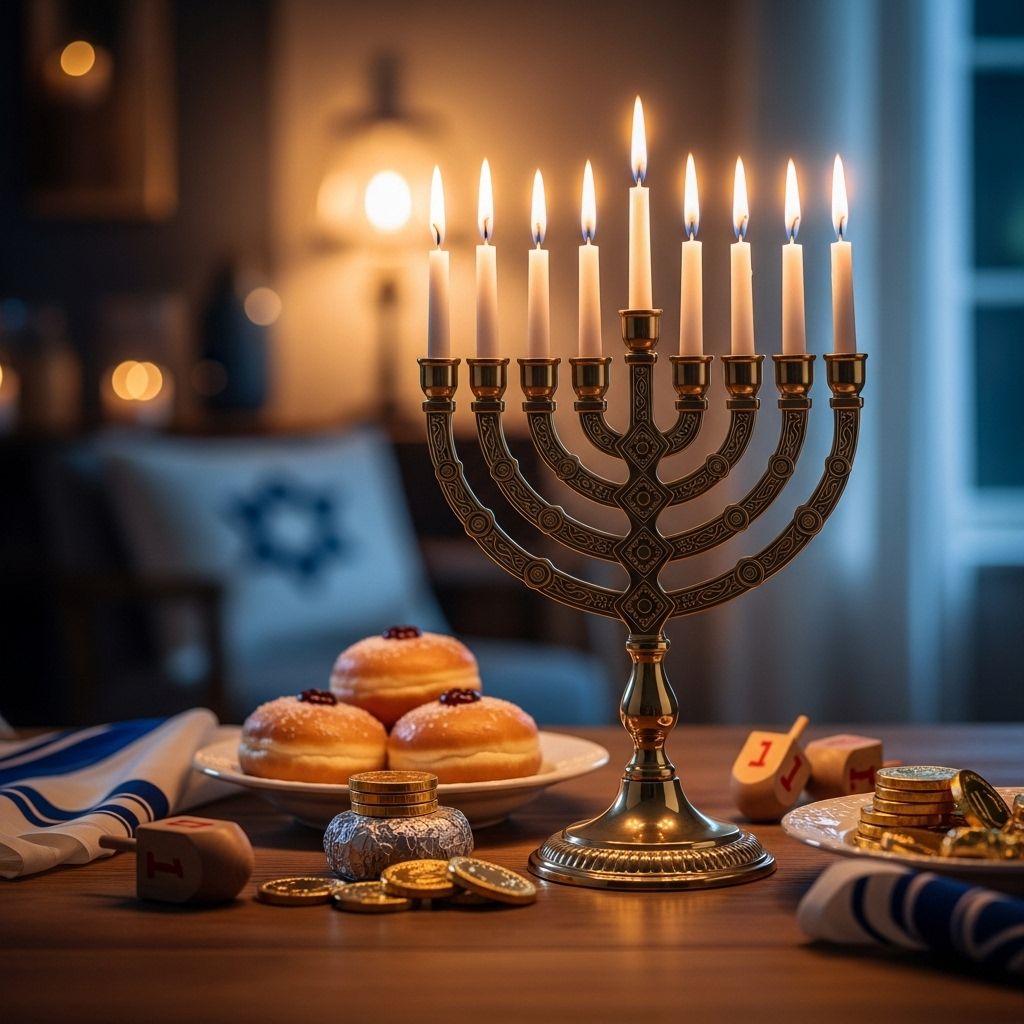
Hanukkah, also spelled Chanukah, is a vibrant Jewish holiday marked by joy, light, and togetherness. Known as the Festival of Lights, this eight-day celebration commemorates historic struggles for religious freedom, the rededication of the Second Temple in Jerusalem, and enduring miracles. Over centuries, Hanukkah has become cherished for its blend of ancient symbolism, family traditions, and festive foods.
What is Hanukkah?
Hanukkah is a late-autumn or early-winter holiday, falling on the 25th day of the Hebrew month of Kislev, which usually corresponds to late November or December in the Gregorian calendar. It is celebrated over eight nights and days. Hanukkah means “dedication,” reflecting the rededication of the Second Temple in Jerusalem in the 2nd century BCE after its desecration by the forces of Antiochus IV Epiphanes.
- Also called the Festival of Lights for its central motif of lighting lamps and candles.
- Celebrated with rituals that include lighting the hanukkiah (Hanukkah menorah), small gifts, special foods, and games.
The History and Origins of Hanukkah
The story of Hanukkah has roots in turbulent history and miraculous events. In 168 BCE, King Antiochus IV of the Seleucid Empire suppressed Jewish religious practice and defiled the Second Temple in Jerusalem. The king’s regime outlawed Jewish rites, desecrated the Temple by installing pagan idols, and persecuted those who clung to their faith.
The Maccabean Revolt
In response, a Jewish resistance led by the priestly Hasmonean family—known as the Maccabees—rose to reclaim their religious freedom. Judah Maccabee, the most prominent leader, orchestrated a rebellion. Despite being outnumbered and underequipped, the Jews secured victory against the Syrian-Greek armies, recaptured Jerusalem, and rededicated the holy Temple.
The Miracle of the Oil
The Temple’s rededication included relighting the menorah, a sacred candelabrum that symbolized divine presence. However, the Maccabees found only a single jar of ritually pure olive oil, barely enough for one day. According to rabbinic tradition, this scant oil miraculously lasted eight days—the time needed to prepare new sanctified oil—providing the foundation for Hanukkah’s duration and themes of hope and persistence.
Key Hanukkah Traditions and Symbols
Modern Hanukkah observance blends centuries-old rituals with evolving family customs. These traditions center on themes of light, community, and resilience.
Lighting the Hanukkiah (Menorah)
The ceremonial lighting of the hanukkiah is the holiday’s cornerstone. A hanukkiah has nine branches: one for each of the eight nights, plus a central or side holder for the shamash (“helper” or “attendant”) candle used to kindle the others.
- One additional candle is lit on each successive night, until all eight are burning by the final night.
- The menorah is typically placed in a window or doorway, publicizing the miracle of Hanukkah.
- Blessings and songs generally accompany the candle lighting, linking family and community in a moment of reflection and gratitude.
Blessings when lighting the menorah recount the miracles and thankfulness for the events commemorated.
Traditional Hanukkah Foods
Food traditions on Hanukkah are rich and symbolic, with a focus on fried foods that recall the miracle of the oil.
- Latkes: Potato pancakes fried to a crisp, often served with applesauce or sour cream.
- Sufganiyot: Sweet doughnuts filled with jelly or custard and dusted with powdered sugar.
- Other fried foods: Dishes made using oil, such as levivot (vegetable pancakes) and fritters.
In addition to fried treats, dairy foods like cheese blintzes and kugels are sometimes served, connecting to Hanukkah’s lesser-known story of Judith, a heroine in Jewish tradition.
The Dreidel Game
The dreidel, a four-sided spinning top, features the Hebrew letters Nun, Gimel, Hei, and Shin—an acronym for nes gadol hayah sham (“a great miracle happened there”). Children and adults play the dreidel game using coins, candies, or tokens as wagers.
| Dreidel Side | Hebrew Letter | Meaning | Player’s Action |
|---|---|---|---|
| Nun | נ | “Nothing” | Do nothing, next player’s turn |
| Gimel | ג | “All” | Take the entire pot |
| Hei | ה | “Half” | Take half the pot |
| Shin | ש | “Put in” | Add one to the pot |
The dreidel game’s origins are believed to trace to times when Torah study was forbidden, and children would use the game to disguise their learning if soldiers approached.
Gifts and Gelt
- Hanukkah gelt (“money”)—chocolate coins wrapped in gold and silver foil—are given to children as prizes for dreidel games or as treats.
- Gift-giving has become common, especially in North America, evolving to include small nightly presents for children.
The Symbolic Meanings of Hanukkah
Hanukkah carries layered significance, both in its worship and cultural narratives:
- Rededication and renewal: The literal rededication of the Temple becomes a metaphor for spiritual renewal in the face of adversity.
- Light over darkness: The candles symbolize hope, perseverance, and the enduring power of faith even when times seem darkest.
- Celebration of Jewish identity: Hanukkah commemorates the preservation of Jewish faith and culture amid foreign pressures and forced assimilation.
- Miracles and thankfulness: Both the military triumph of the Maccabees and the miracle of the oil are celebrated as acts of divine intervention.
How Hanukkah Is Celebrated Around the World
While Hanukkah’s rituals are rooted in Jewish law and story, communities worldwide bring their own flavors to the celebration.
- Public menorah lightings draw crowds in cities from New York to Jerusalem.
- Traditional foods reflect local ingredients; in North America, latkes are king, while Israeli Jews may prefer sufganiyot.
- Music and singing are integral—favorite songs include “Maoz Tzur” (Rock of Ages) and “Hanukkah, Oh Hanukkah.”
- Charity and tzedakah (giving), in the spirit of gratitude and community.
Modern Hanukkah Customs
- Community events and educational programs share Hanukkah’s history and traditions with new generations.
- Creative menorahs are crafted from metals, glass, ceramics, or even recycled materials.
- Jewish and interfaith families blend their own cultural traditions into Hanukkah observance.
Decorations and Symbols
Homes are adorned with Hanukkah-themed decorations, such as blue and white or silver garlands, banners, paper dreidels, and festive tableware. Symbols like the menorah, Star of David, and dreidel are especially prominent.
Frequently Asked Questions About Hanukkah
Q: Is Hanukkah a major Jewish holiday?
A: In religious terms, Hanukkah is considered a “minor” holiday; it is not Biblically mandated, and work is permitted. However, it holds major cultural and emotional importance within Jewish communities worldwide.
Q: How do you spell Hanukkah?
A: There are multiple correct spellings in English, including Hanukkah and Chanukah. The difference originates from transliteration of Hebrew letters to the Latin alphabet.
Q: Why does Hanukkah last eight nights?
A: The eight days commemorate the miracle in which a day’s supply of oil lasted for eight days during the rededication of the Second Temple.
Q: What special foods are eaten at Hanukkah?
A: Fried foods—especially latkes (potato pancakes) and sufganiyot (jelly doughnuts)—are most common, symbolizing the miracle of the oil.
Q: What is the difference between a menorah and a hanukkiah?
A: The original menorah described in the Torah had seven branches. The hanukkiah used on Hanukkah has nine: one for each night plus the shamash candle.
Q: Is gift-giving traditional for Hanukkah?
A: The exchange of gifts, especially for children, is a modern tradition influenced by the season’s other holidays. The older custom was to give gelt (coins) for Hanukkah.
Conclusion: The Enduring Relevance of Hanukkah
Hanukkah endures as one of Judaism’s most beloved holidays, linking ancient battles for religious freedom with contemporary celebrations of communal joy and resilience. Through nightly lights, cherished recipes, and enduring songs, families illuminate dark winter nights with the spirit of hope, renewal, and the remembrance of miracles.
References
- https://www.myjewishlearning.com/article/hanukkah-101/
- https://en.wikipedia.org/wiki/Hanukkah
- https://www.myjewishlearning.com/article/the-most-important-hanukkah-traditions/
- https://reformjudaism.org/jewish-holidays/hanukkah/history-hanukkah-story
- https://www.chabad.org/holidays/chanukah/article_cdo/aid/102911/jewish/What-Is-Hanukkah.htm
- https://reformjudaism.org/jewish-holidays/hanukkah/hanukkah-customs-and-rituals
Read full bio of Sneha Tete

